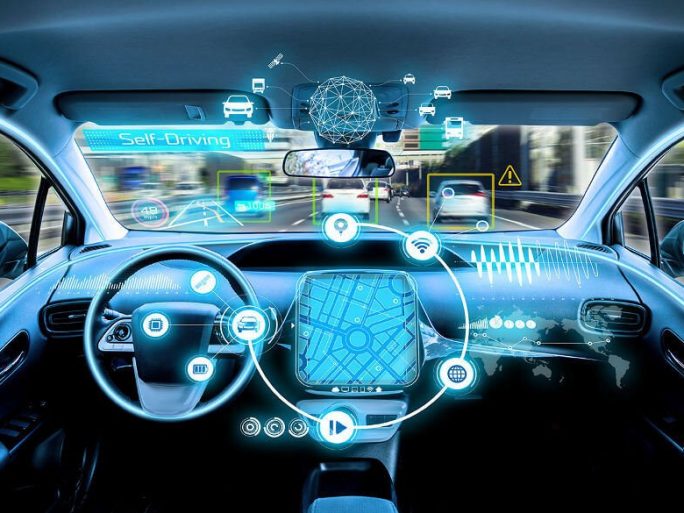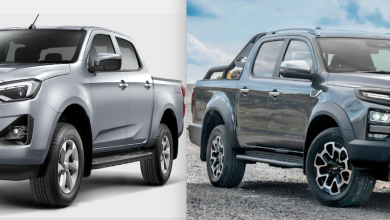The development of automated driving

We are still many years away from total autonomous driving even though a few pilot tests in North America and Japan are showing very good results. The reason why we say ‘years away’ is because the individual transport ministries, the traffic laws and more importantly, the Insurance industry needs to study the way accidents might happen and who will be the party to blame. The ‘robot’ within the cars system or the human initiating the driverless car or is it the car to car and car to road communication system?
These are all new parties to a possible car accident unlike today which is in all part driver or rider at fault in any accident. The machine is not at fault even if the machine is in bad state as it is the responsibility of the drive or rider to keep the machine road worthy.
In a 2019 research done only 20 percent of those surveyed said they had a reliable self driving prototype being prepared for production. Compliance with a regulatory environment that does not yet exist was another concern in the design process, respondents said.
A team at the Forrester research company conducted surveys with 54 individuals at firms involved in the automated vehicle industry around the world, including in the US, Europe and Asia, with more than 90 percent distributed evenly across Level 1, 2, 3 and 4 vehicles for those that aren’t fully automated and the rest working on Level 5, or fully automated vehicles.
The surveys were supplemented with five in-depth interviews with engineers at leading manufacturers and suppliers in the automated vehicle industry.

Press Release: For the past few years, more than 1,250 specialists at Continental have been working on the basics of automated driving. They are working specifically on driver assistance systems, such as adaptive cruise control and emergency brake assistance, which employ sophisticated technology to record the vehicle environment using a camera, infrared, and radar in various driving situations and therefore to warn, support, and relieve the driver.
Continental is already one of the leading manufacturers of driver assistance systems. Since the first series project in 1999 for the Mercedes S-Class, Continental has realized more than 100 projects for automotive manufacturers worldwide.
What’s more, Continental’s Interior division has several years of experience in the design of display and user interfaces, while the Powertrain division has a wealth of expertise in the energy management of drive systems. Integration at system level is coordinated on a cross-domain basis in strategic pre-development. In conjunction with its network of partners in the field of information and communication technology, this approach enables Continental to realize all technological aspects of automated driving.
The internationally operating supplier’s Chassis & Safety division can also look back on several years of development activities in the field of automation. As well as its commitment to diverse research projects (AKTIV, HAVEit, DARPA Urban Challenge), in early 2012 the company undertook a two-week endurance test with close-to-production technology in the US state of Nevada. Over 6,000 miles of highly automated driving have been completed on public roads in Nevada.
Market launch depends of Legislation
The basic technical prerequisite for the implementation of automated driving is system reliability. Road safety of the highest degree is therefore the essential foundation on which automated driving must be based. In concrete terms, this calls for fail-safe architecture that keeps the vehicle in a safe state in the event of a fault.
However, the time frame for development of this necessary safety architecture will not be the sole factor that determines the timing of market launch. Legislative bodies will take the major decisions as to when and how automated vehicles will be introduced onto the market, and the required legal framework still needs to be drawn up.




